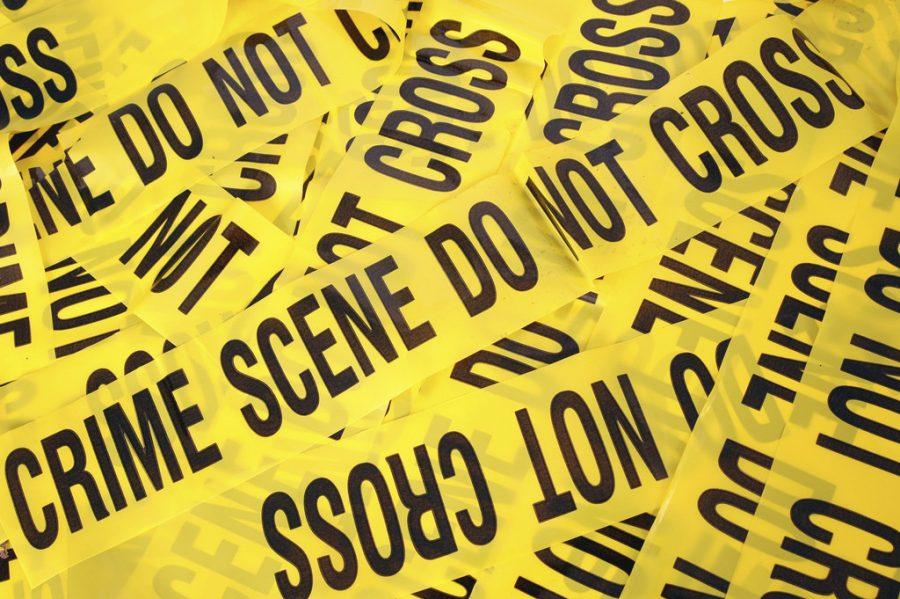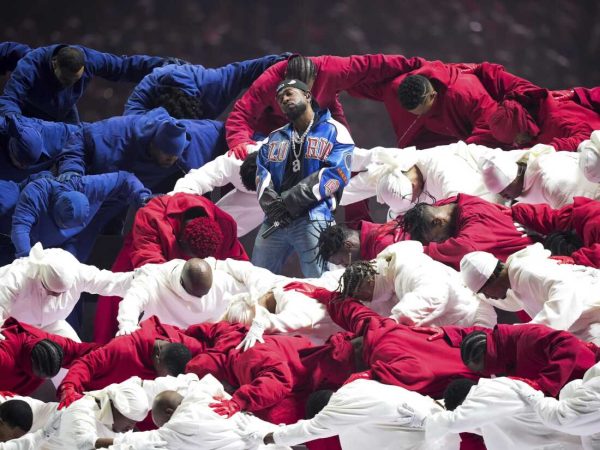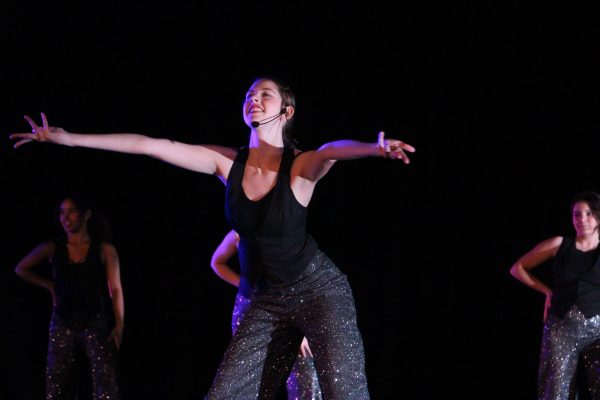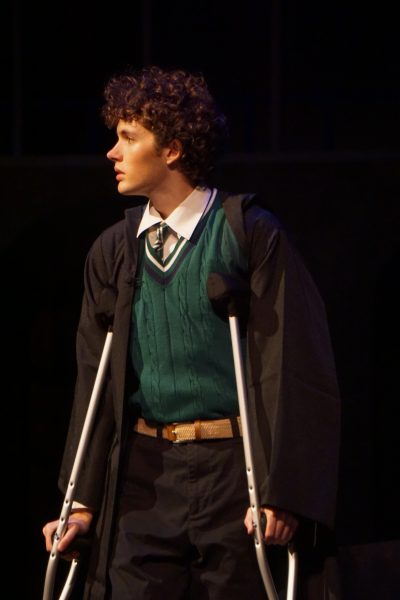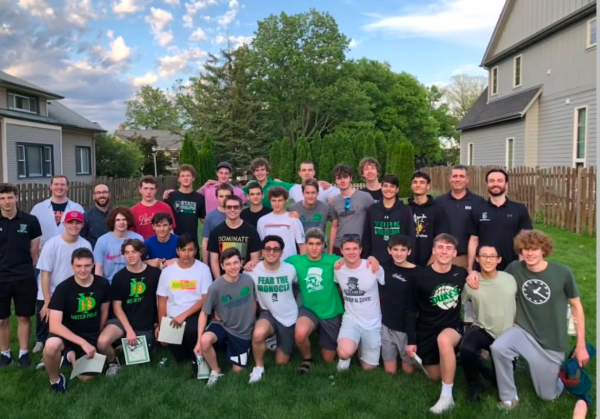Book Review: Three Criminal Justice Novels
As much as we all love to lounge around and marathon Netflix at all hours of the day, we often forget about the most classic form of entertainment there is–reading.
While it’s undeniable that watching a movie or a show on a screen is a lot easier than physically turning pages and mentally visualizing what’s happening, shows and movies are limited by the half hour or 45 minute time limit; if you like a certain kind of genre in TV shows and movies, you can get that same type of storyline in a book, but with a lot more detail.
This list of books goes out to those who have seen every episode of Criminal Minds, or whose most watched TV show is Law and Order: SVU. If you’re interested in that same type of storyline, here are three books that are sure to leave you satisfied.
- “The Alienist” by Caleb Carr
This isn’t one for the faint of heart, but for those who are okay with a bit of graphic violence, this is an excellent read.
Set in 1896, New York Times crime reporter John Moore is contacted in the middle of the night by his childhood friend and renowned criminal psychologist, Dr. Lazlo Kreizler, to meet him at a certain building in New York City. Upon arriving there, he finds Police Commissioner Theodore Roosevelt (that’s right, Teddy Roosevelt, the future president), as well as the mutilated body of a young prostitute, an immigrant boy.
For those obsessed with Criminal Minds, this is basically a story of the Behavioral Analysis Unit set in the nineteenth century. Dr. Kreizler leads the other two men, as well as a couple of detectives, on a quest to find the killer in the face of a corrupt police regime that is doing everything possible to bury the murders. The team uses psychological and philosophical reasoning to deduct different traits of the killer, building an “imaginary man” that would resemble the one they’re looking for.
Not only is the storyline compelling and written beautifully, but it provides an insight into both the mind of a violent murderer and into the crime and corruption of New York at the turn of the century–something that isn’t covered in your normal history class.
- “Wild Justice” by Phillip Margolin
An excellent legal thriller, Wild Justice follows Amanda Jaffe, a breakout defense attorney who works at her father’s firm in Portland, Oregon. After a vice detective receives an anonymous tip over the phone, he finds a body that’s been gagged and bound and hidden in the closet of a remote mountain cabin. Suspect Vincent Cardoni, a skilled surgeon, turns to Amanda and her father, Frank, to clear his name. Before the trial can commence, however, Cardoni disappears under bizarre circumstances. Four years later, the kills start up again, and Cardoni is still nowhere to be found.
Margolin, prior to being a full-time author, was a criminal defense attorney in Portland, so you can be sure that the legal descriptions in his books are some of the closest to reality that you’ll find among crime thrillers. His writing style is quite frank, with little of the metaphorical prowess you find in authors you’re exposed to in English class, but he makes up for it with an exceptionally engaging storyline and well-developed characters. It is definitely worth the read.
- “The Black Dahlia Files: the Mob, the Mogul, and the Murder That Transfixed Los Angeles” by Donald Wolfe
If you aren’t prepared to read about how violent and cruel humans can really be, you might want to steer clear of this gruesome true-crime novel.
Donald Wolfe was a teenager growing up in Beverly Hills when the murder occurred; in the early morning of Jan. 15, 1947, the mutilated and dismembered body of Elizabeth Short, an aspiring actress, was found near Leimert Park in Los Angeles. Although there was a full crew of detectives and investigative reporters working the case, the true murderer was never found, which is what makes this case so iconic.
Wolfe walks the reader through the investigative process, including original photos and newspaper excerpts, as well as quotes from those who worked the case or knew the victim. He also provides his own theories about what happened to Short, going into detail about her life leading up to the murder and everyone she had contact with.
The Black Dahlia Files doesn’t read like nonfiction; since most of the story is told by way of narration and embedded quotations, reading this is just like reading any other book. Knowing that every horrible thing you read is true, however, provides for a much more thrilling experience and makes it a must-read for anyone interested in criminal justice.
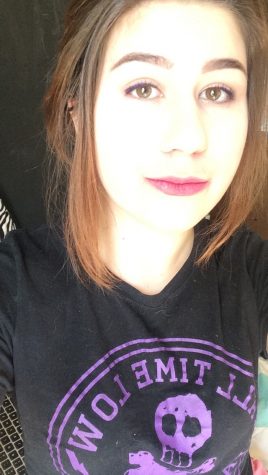
Gracie is a junior at York, in her second year on the York Hi staff as the Graphics Editor. She spends a majority of her time drawing, and on extracurriculars...


